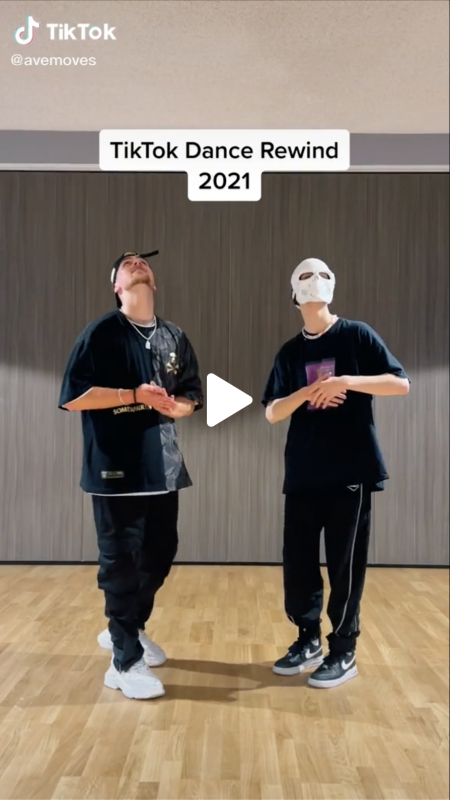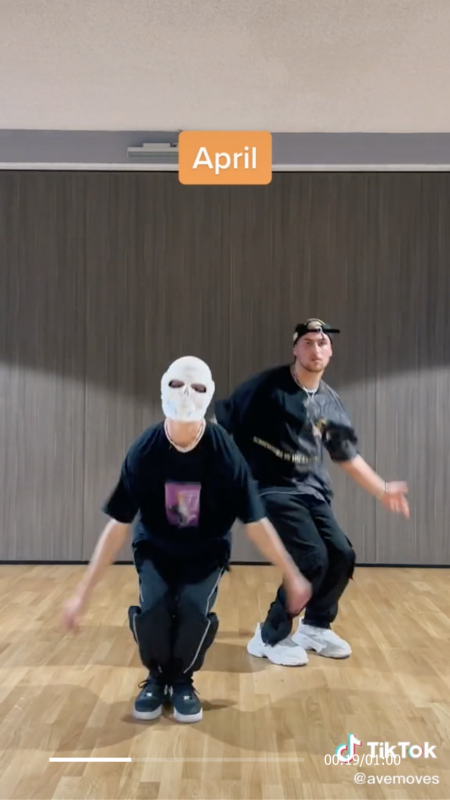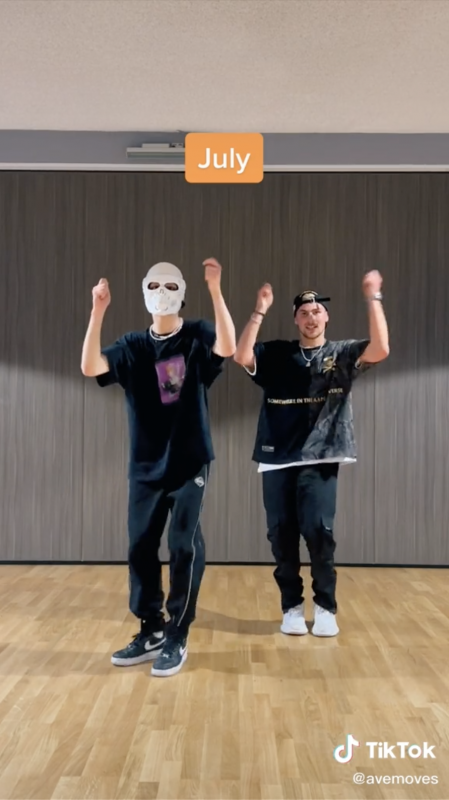TikTok. It’s been described by The NY Times as “a refreshing outlier in the social media universe” that’s “genuinely fun to use.” Maybe you’ve tried it out, only to become confused and bounce out straight away. TikTok, like most social media platforms, thrives on short bursts of entertainment. And every day, TikTok becomes more and more saturated with content creators.
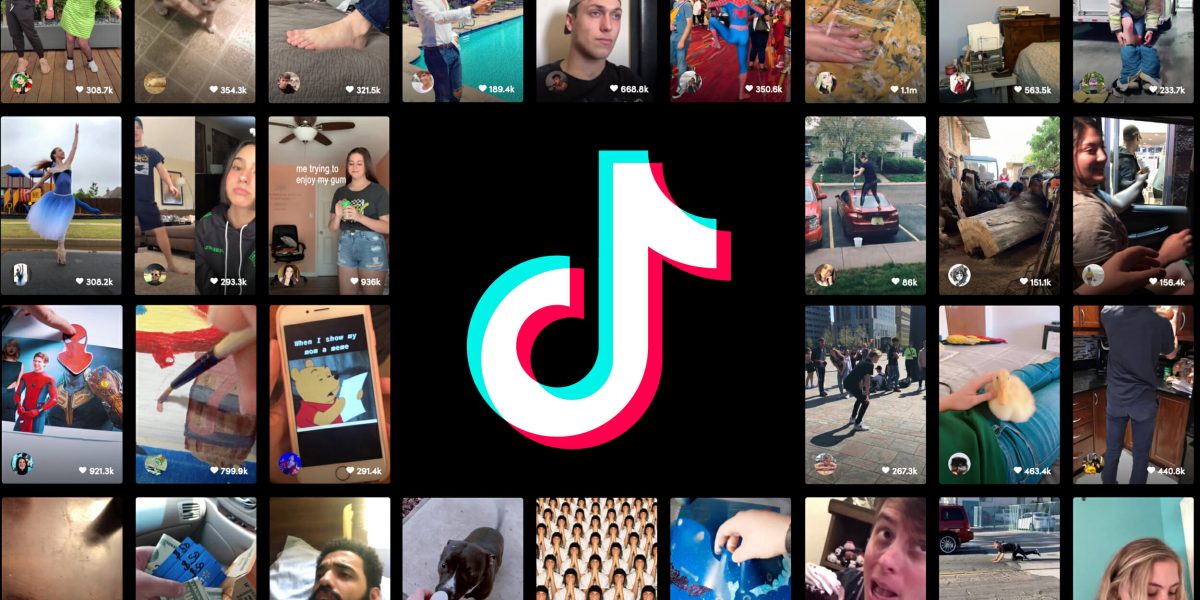
Technology holds an innate power over us. It has an almost invisible presence in our lives, organising and moulding our everyday experience. TikTok is the latest addition to this technological vortex. This video-sharing app confidently responds to your question of what to watch with a deluge. The clips are generally short, attention-grabbing snippets of information. Unlike other platforms of its kind, it’s not necessary to follow or be followed, giving you unlimited access to a wide variety of entertainment without much input. And as with any social media app, it may be (and is) used by people from every demographic.
Bursts of Entertainment
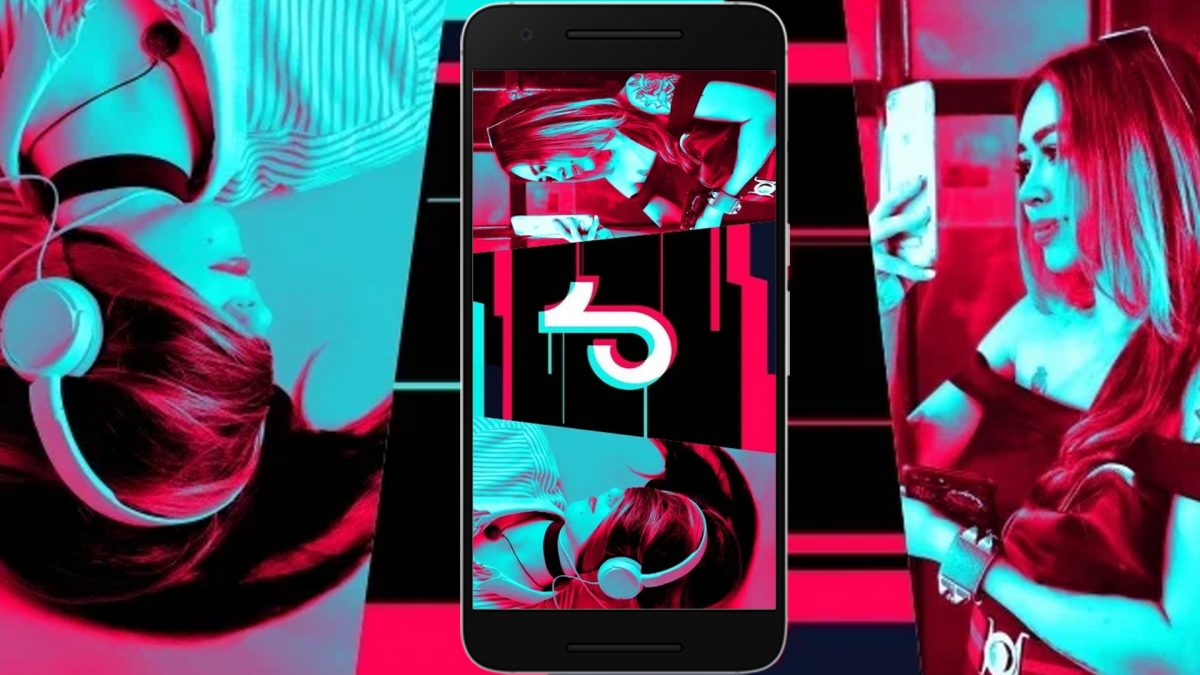
Have you ever been stuck, trying to figure out what kind of content to create? TikTok solves that problem in a pretty simple way – resulting in an easy transition from viewer to contributor. This is due not only to the tools it offers its users, but also to the numerous prompts the platform provides. Users can choose from a wide assortment of sounds, ranging from popular song snippets to brief moments from TV shows. Trending hashtags also help users to jump on board quickly and with ease.
A seemingly unending stream of content is consistently available. Therefore, it’s easy to understand how TikTok becomes addictive. You open the app with the intention of scrolling for just a few short minutes. Be careful, though. You could end up losing hours of your life – mindlessly absorbing ASMR clips of strangers cutting up bars of multicoloured soap.
ASMR?
ASMR (autonomous sensory meridian response) is a term that first popped up in the mid-2000s. The first time I watched an ASMR video on Youtube, I assumed it was an obscure niche that would disappear pretty quickly. Since then, it’s actually become a huge hit on social media.
How does it work? Well, basically, when you, as a human, hear certain sounds – your brain starts to tingle in a pleasurable fashion. ASMR is a big thing on TikTok. Users generally watch stuff like ASMR cooking, whispering, tapping their fingers, soap cutting and role-playing.
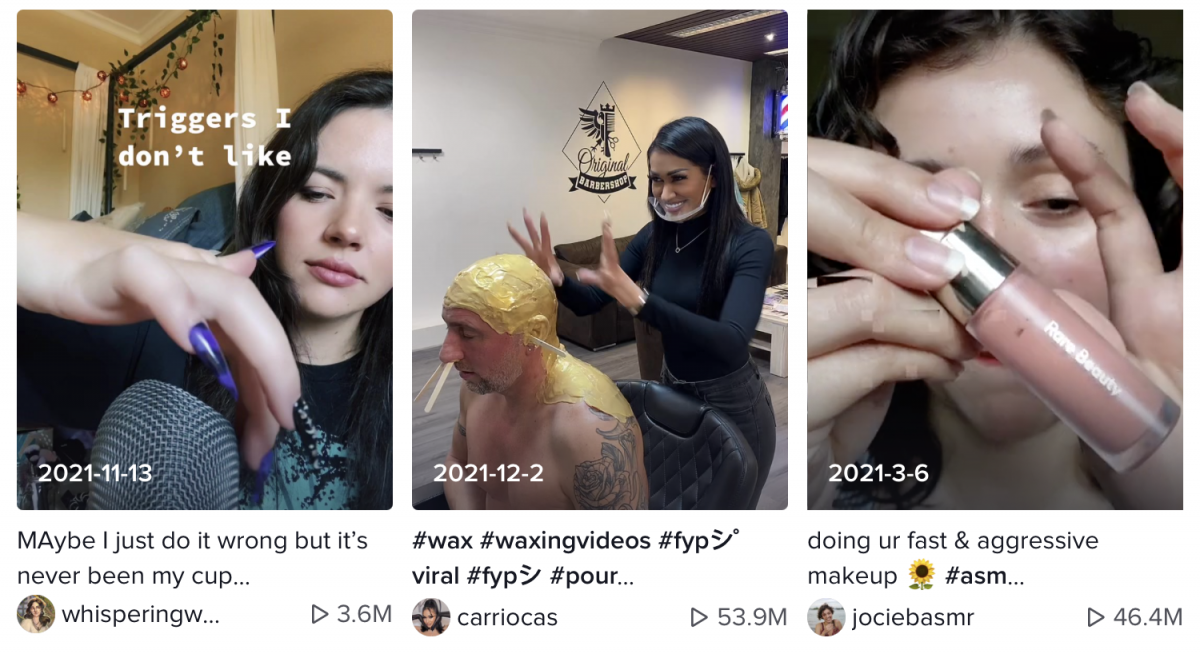
What does it say about our watching habits? I guess people are looking for a multi-sensory experience – and ASMR shifts the focus of your mind – allowing you to experience content in a new way.
Relatable Stars & Deeper User Connections
If you’ve used TikTok before, you’ll already know that the most popular clips include things like new dance challenges, hilarious pranks, O.T.T announcements, that sort of thing. TikTok-er Zach King currently holds the record for the most viewed video of all time – with a total of 2.2 billion views for his illusion clip, Zach Kings Magic Broomstick.
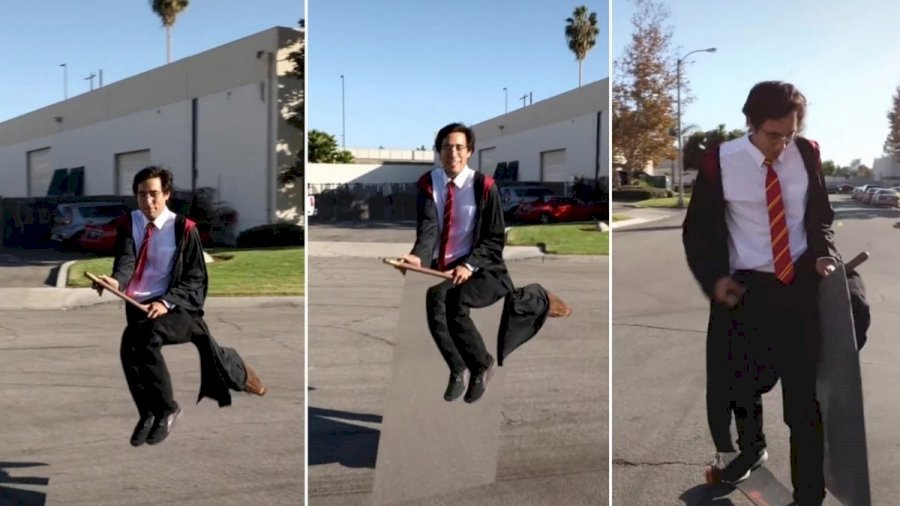
King has thrived in the ever-changing world of social media. His journey began on Youtube as FinalCutKing, almost a decade ago. He started out by publishing video editing instructions to his channel.
In 2011, he published a video called Jedi Cats – in which two cute kittens battle it out with lightsabers. This is where his fame skyrocketed. After some further success with (now defunct) video app Vine, he seamlessly transitioned to Instagram and then TikTok.
He’s gone from recording videos alone at home to working with a team of people in a 15,000-square-foot studio in California.
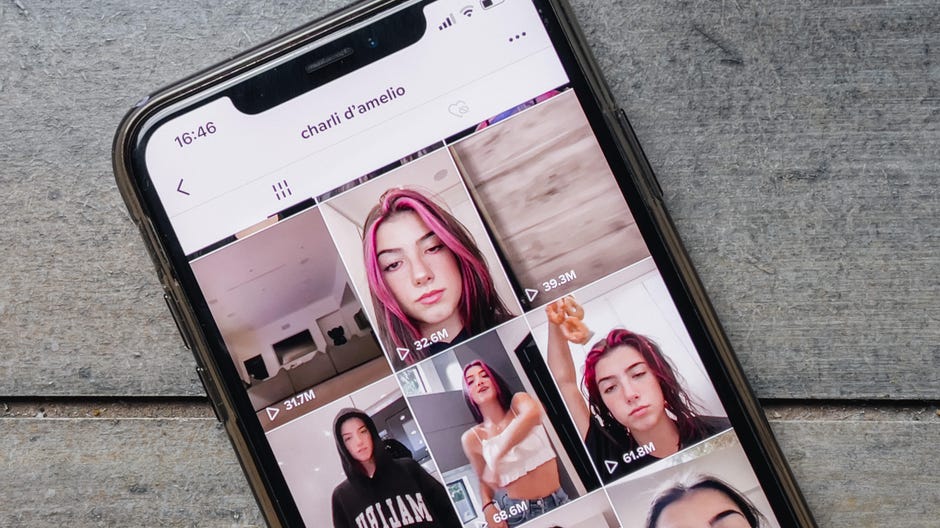
Of course, TikTok has its own ‘stars’, many of whom were fostered by the corporation itself. And TikTok stars such as Charli D’Amelio, Addison Rae, and Bella Poarch have the mind-bending ability to garner millions of likes in a matter of seconds.
“TikTok’s user base has exploded in the past couple of years, and the amount of time users spend on the app is extraordinary,”
says Debra Aho Williamson, principal analyst at Insider Intelligence. “It has moved well beyond its roots as a lip-syncing and dancing app. It creates trends and fosters deep connections with creators that keep users engaged, video after video.”
Creatives and Copy Cats
Social networks want you to continuously view and post content. And in return, users want social networks to keep them entertained and help them to rise in the ranks. These incentives are linked. The more content you post, the more likely you are to post interesting content. The more you gain, the more you watch, the more likely you are to stay. This is a success for TikTok.
The overall experience is a bit like a greatest hits collection, including only the most engaging features and experiences from those of its successors. The same is true for the content, which, although vast, presents information in a more streamlined and intuitive way than its competition. TikTok differs from other platforms in that the whole content creation process happens inside of the app itself.
TikTok often provides a framework for content via music, themes and hashtags – which gives users a sense of belonging to a bigger idea. The process transcends their screen and brings the idea into their living reality.
Social media is full of copycats which is generally a good thing (besides some issues with creator cultural appropriation in 2021). Emulating trends is pretty standard across the entire social media landscape, too. When we copy each other on social media, it’s more obvious than creating trends in other ways such as print media or the creative arts. Online is instant, and as a result, trends become more immediately obvious.
A Drop in the Ocean
TikTok, known as “Douyin” in China (where its parent firm is located) is one of several short-video-sharing applications that are widely used throughout the country. It’s been developed at a slight distance from the American technology sector. In China, apps like Instagram, for example, are prohibited.

TikTok disproves many of the assumptions that have underpinned the development of other social networks. It puts into question the value of personal bonds and social networks – welcoming central control proudly, rather than denying its existence.
The platform has amassed one billion users in only four years since its launch on the international scene. This is half the time it took Facebook, YouTube, or Instagram to reach this point – and three years faster than WhatsApp.
In addition, it has clearly grabbed the interest of social media users between the ages of 18 and 25. This is the group where Facebook is facing the most decline, with parent firm Meta seeking to mitigate the flight by attracting them to its counterpart, Instagram.
“Facebook has always been the biggest competitor in this space for dominating users,”
says Sam O’Brien, the chief marketing officer at performance marketing company Affise. He goes on to say that it can’t quite “tap into convincing TikTok’s loyal users to revert back to its platform. TikTok has figured out its own way to give the platform an addictive quality.”
The Future of Social Media?
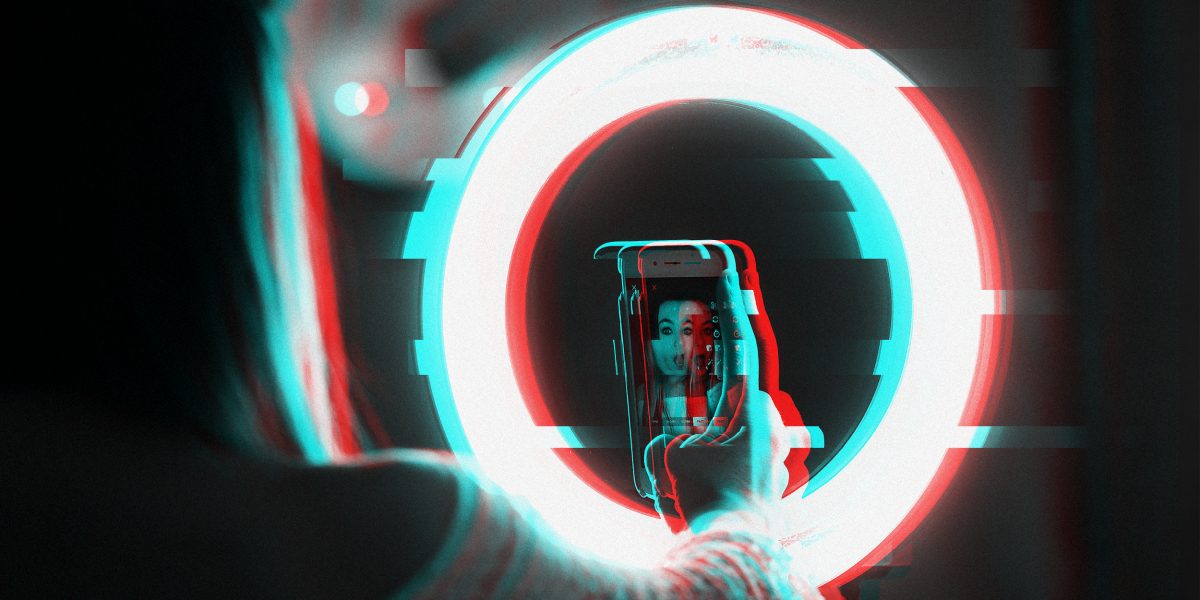
As increasing numbers of millennials and Gen Z-ers invest their time watching videos on their devices, both Meta (now formerly Facebook) and Snapchat have described the future of social media as looking more like the Chinese short-video making app.
In an earnings call (per Economic Times) Snap CEO Evan Spiegel says that Snapchat users are increasingly moving to watch videos on Spotlight, a TikTok feature and Snapchat rival.
“This is a continuation of the trend we have observed throughout the pandemic, and friend story posting and viewing per daily active user have not returned to pre-pandemic levels”
says Spiegel. User attention on TikTok is precarious, however – too many adverts or lousy inaccurate recommendations can deplete the user’s immediate attention. The content caters for a changing attention span, which is – as predicted – becoming shorter with each new technological update.
The Spike
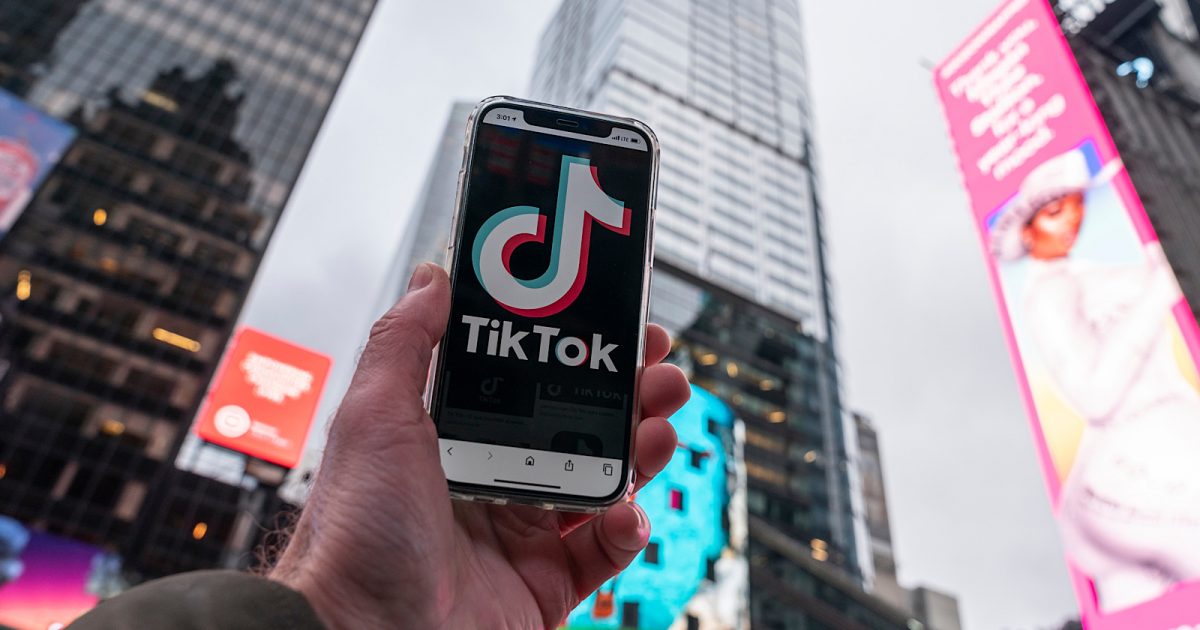
The great spike in social media usage and video sharing innovations has a significant impact on how we live our everyday lives. These platforms are becoming more interwoven into our very existence and identity. People’s reliance on digital technology is only increasing, and new trends in addictive design are hastening the process.
What causes us to get hooked to social media? Perhaps it’s FOMO (the fear of missing out). I guess you could say that social media has the potential to harbour those feelings in all of us – that we’re missing out on something that everyone else is in on. An event, a trend, a product. And it is that idea that keeps us coming back for more, every time.
Subscribe to FIB’s Weekly Breaking News Report for your weekly dose of music, fashion and pop culture news!

